In a groundbreaking discovery that bridges the gap between archaeology and astronomy, researchers have confirmed that parts of the legendary Treasure of Villena, unearthed in Spain over 60 years ago, were crafted from metal of extraterrestrial origin. This revelation adds a cosmic dimension to an already extraordinary find, challenging our understanding of ancient metallurgy and trade networks.
The Treasure of Villena, a collection of 59 gold objects and various silver and iron pieces dating back to the Bronze Age, has long captivated historians and archaeologists. However, recent analysis using advanced spectrometry techniques has unveiled that two iron artifacts within the hoard – a sword pommel and an open bracelet – were forged from meteoric iron that fell to Earth approximately one million years ago. This discovery not only showcases the technological sophistication of ancient craftsmen but also raises intriguing questions about the cultural significance and value placed on materials from beyond our world.
The Treasure of Villena: A Brief History of the Discovery
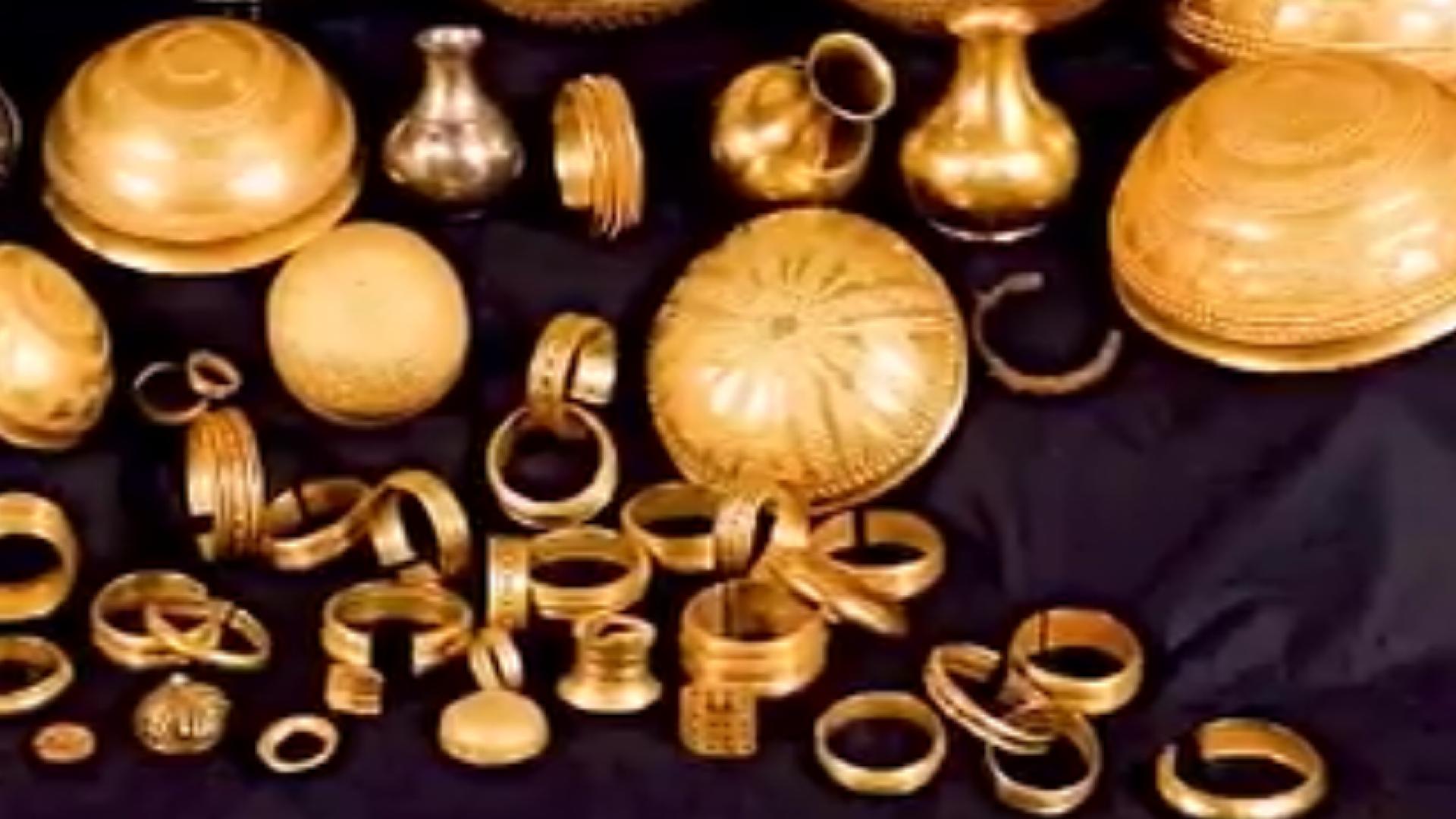
The Treasure of Villena was unearthed in 1963 in a gravel pit near Alicante, Spain. This remarkable find consisted of 59 gold objects, including 27 bracelets and 11 bowls, along with silver and iron pieces. The discovery immediately garnered attention due to its size and the quality of its craftsmanship, offering a glimpse into the wealth and artistic capabilities of Bronze Age societies in the Iberian Peninsula.
Initially, researchers noted unusual characteristics in some of the iron pieces, describing them as having a “dark leaden metal” appearance with a “ferrous-looking oxide.” However, it wasn’t until recent studies that the true nature of these artifacts was revealed, adding an unexpected extraterrestrial element to an already extraordinary archaeological treasure.
Meteoric Iron: Understanding Its Composition and Rarity

Meteoric iron is a naturally occurring alloy of iron and nickel that originates from meteorites. This material is extremely rare on Earth’s surface, making its presence in ancient artifacts particularly significant. The composition of meteoric iron typically includes higher concentrations of nickel and other trace elements compared to terrestrial iron, which allows scientists to distinguish it from Earth-based sources.
The rarity of meteoric iron in the Bronze Age cannot be overstated. Its use in crafting objects demonstrates not only the technological capabilities of ancient metalworkers but also suggests a deep appreciation for materials of celestial origin. The presence of meteoric iron in the Treasure of Villena provides a unique window into the resources available to and valued by prehistoric societies.
Ancient Metallurgy: Techniques for Working with Extraterrestrial Materials
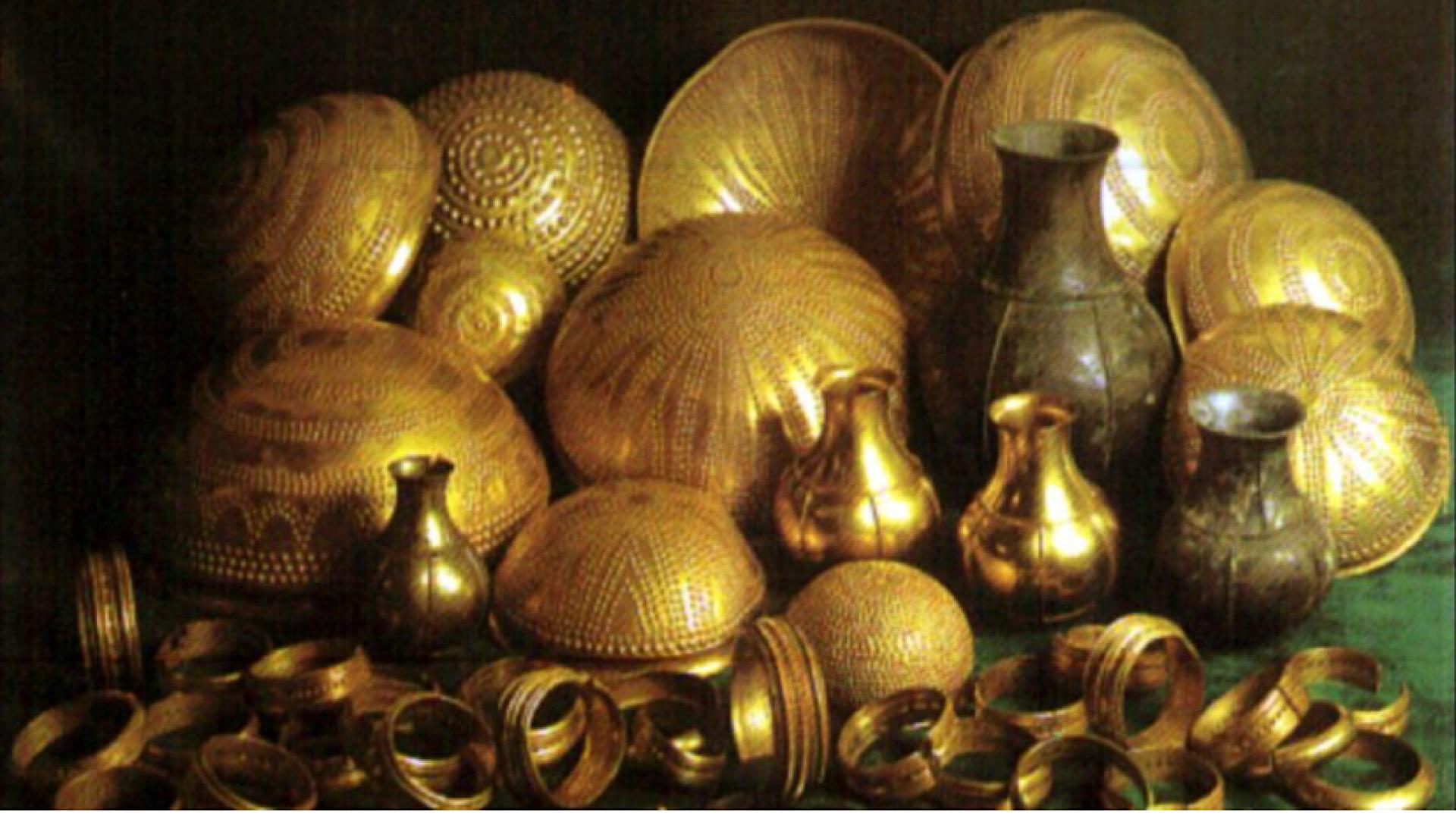
Working with meteoric iron presented unique challenges to ancient metalworkers. Unlike terrestrial iron ores, which require smelting to extract the metal, meteoric iron could be worked directly. However, its high nickel content often made it harder and more brittle than typical iron, requiring specialized techniques to shape and form.
Ancient craftsmen likely used a combination of cold-working and careful heating to manipulate the meteoric iron. The gold plating on the sword pommel in the Villena treasure demonstrates an advanced understanding of metalworking, combining two highly valued materials. This sophisticated craftsmanship suggests a deep respect for the celestial material and a desire to enhance its perceived value through artistic presentation.
The Cultural Significance of Celestial Objects in Bronze Age Societies
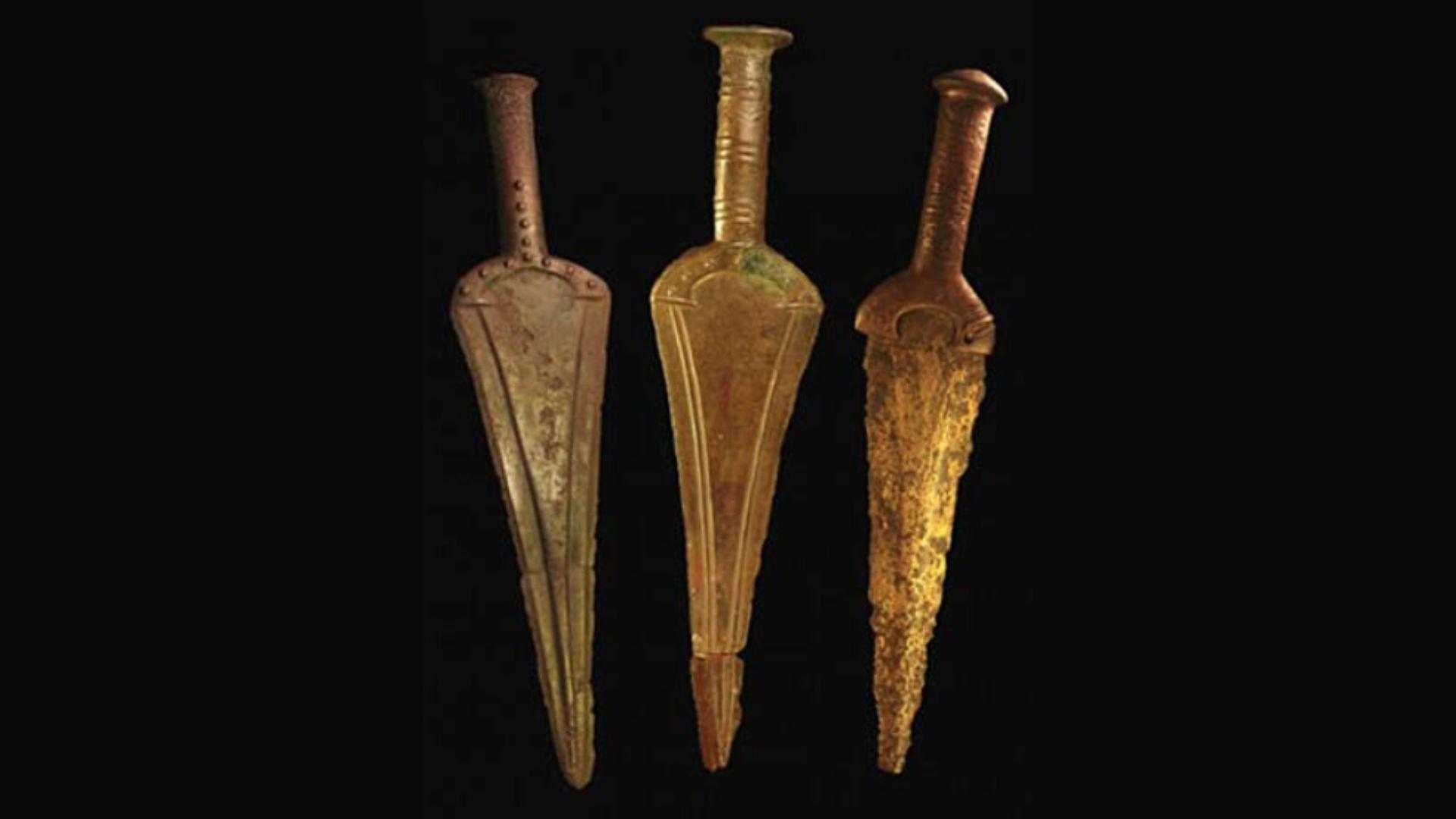
The inclusion of meteoric iron in the Treasure of Villena points to the profound cultural significance of celestial objects in Bronze Age societies. Meteorites and other astronomical phenomena were often imbued with religious or magical properties, seen as gifts or messages from the gods. The rarity and otherworldly origin of meteoric iron likely elevated its status beyond that of ordinary metals.
This cultural importance may explain why meteoric iron was incorporated into high-status objects and treasures. Its presence in the Villena hoard, alongside numerous gold artifacts, suggests that meteoric iron was valued on par with precious metals. This appreciation for celestial materials provides insight into the cosmological beliefs and value systems of prehistoric Iberian cultures.
Advanced Analysis Methods: How Modern Technology Unveiled Ancient Secrets
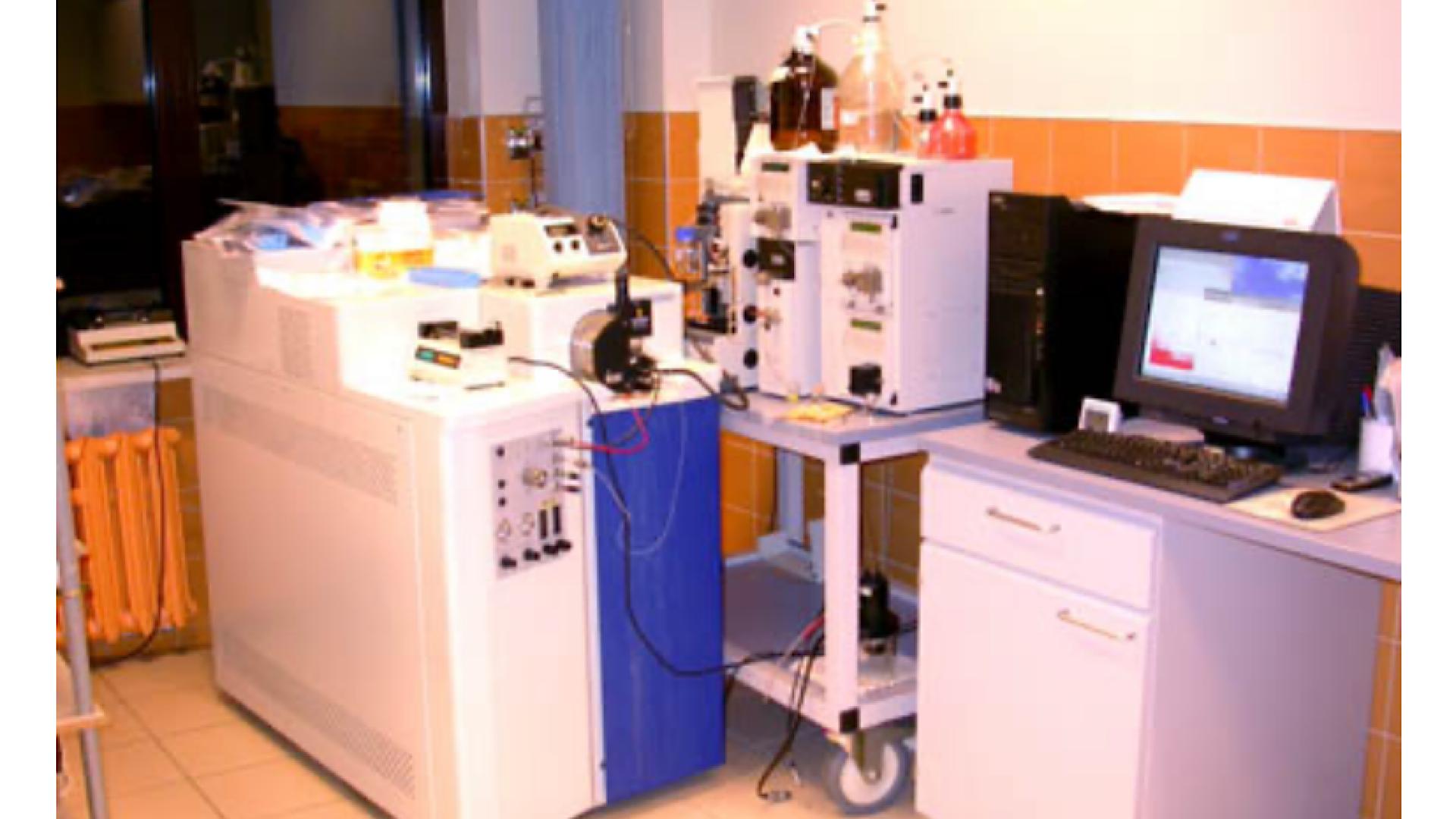
The identification of meteoric iron in the Villena treasure was made possible through advanced analytical techniques, particularly mass spectrometry. This method allows researchers to precisely measure the elemental composition of materials, including trace elements that can serve as fingerprints for meteoric origin. By detecting the specific ratios of iron, nickel, and other elements, scientists could confidently identify the extraterrestrial source of the metal.
These modern analytical tools have revolutionized archaeological research, allowing for non-destructive analysis of precious artifacts. The ability to uncover such detailed information about material composition and origin has opened new avenues for understanding ancient technologies, trade networks, and cultural practices. In the case of the Villena treasure, these methods have quite literally connected Earth-bound archaeology to the cosmos.
Trade Networks and Material Exchange in Prehistoric Iberia

The presence of meteoric iron in the Treasure of Villena provides valuable insights into the extensive trade networks of prehistoric Iberia. While the exact origin of the meteorite remains unknown, its incorporation into local craftsmanship suggests a sophisticated system of material exchange. This network likely extended beyond regional boundaries, possibly connecting the Iberian Peninsula with distant lands where meteorites were found or where knowledge of working with such materials existed.
These trade connections not only facilitated the exchange of rare materials but also the transfer of technological knowledge and cultural ideas. The ability to acquire and work with meteoric iron demonstrates the far-reaching connections of Bronze Age societies, challenging our perceptions of prehistoric isolation and highlighting the interconnectedness of ancient cultures across vast distances.
The Symbolic Value of Gold vs. Meteoric Iron in Ancient Cultures
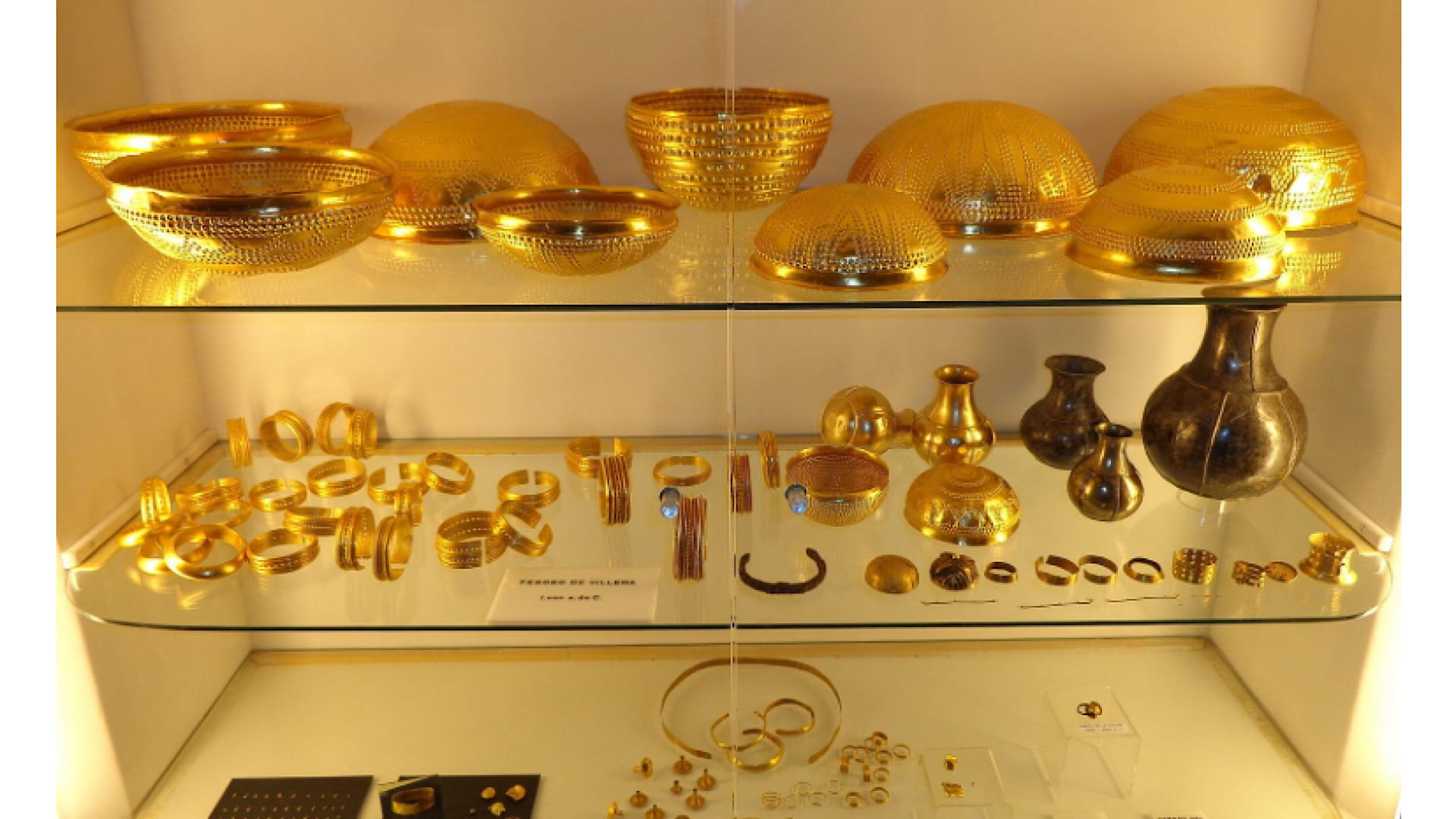
The juxtaposition of gold and meteoric iron in the Villena treasure offers a unique perspective on value systems in ancient societies. While gold has long been prized for its rarity and aesthetic qualities, the inclusion of meteoric iron suggests that its otherworldly origin held comparable, if not greater, symbolic significance. This pairing challenges our modern associations of value and rarity.
The decision to combine these materials, as seen in the gold-plated iron sword pommel, indicates a deliberate effort to maximize both the material and symbolic value of the object. This blending of earthly and cosmic elements may have been seen as a powerful combination, perhaps imbuing the artifacts with special properties or status. It reflects a complex understanding of value that goes beyond mere scarcity or appearance.
Preserving and Studying Ancient Artifacts: Challenges and Innovations
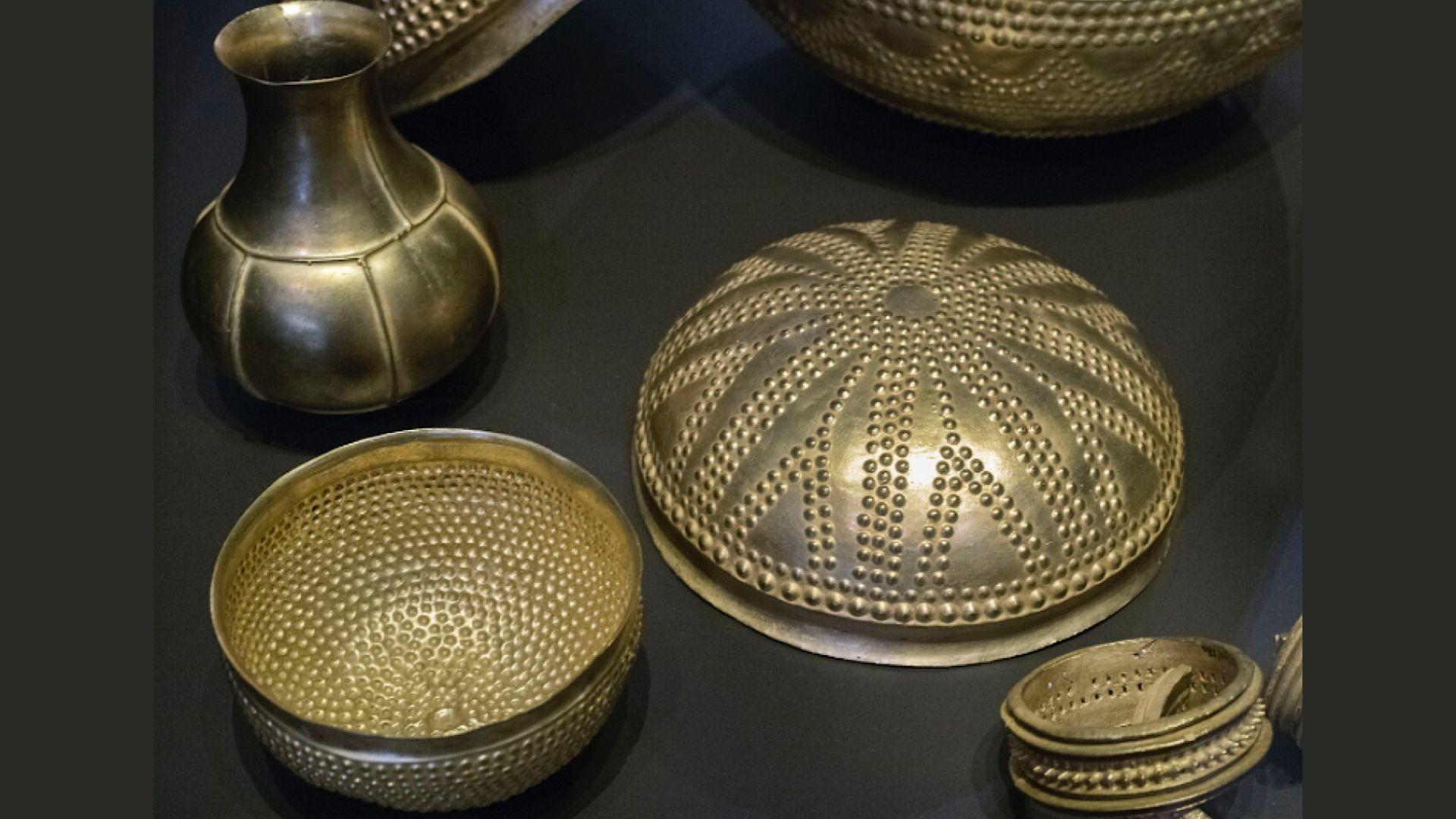
The preservation and study of ancient artifacts like those in the Treasure of Villena present unique challenges to archaeologists and conservators. Meteoric iron, in particular, can be prone to corrosion and degradation over time, requiring specialized conservation techniques to maintain its integrity. Balancing the need for preservation with the desire for scientific study often requires innovative approaches.
Recent advancements in non-destructive analysis techniques have revolutionized the field, allowing researchers to gain detailed information about artifacts without compromising their integrity. Methods such as X-ray fluorescence, neutron imaging, and advanced spectrometry provide valuable data while leaving the artifacts intact. These innovations not only protect our cultural heritage but also allow for ongoing discoveries, as evidenced by the recent revelations about the Villena treasure’s extraterrestrial components.
Implications for Our Understanding of Early Human Knowledge of Space

The use of meteoric iron in Bronze Age artifacts suggests a more sophisticated understanding of celestial phenomena among ancient cultures than previously thought. While these societies lacked modern scientific knowledge of space, they clearly recognized the unique properties and origin of meteoritic material. This awareness implies a keen observational capacity and a curiosity about the night sky and falling stars.
Furthermore, the ability to identify and selectively use meteoric iron demonstrates an early form of scientific thinking. It shows that ancient peoples were capable of distinguishing between different types of materials based on their properties and origins. This discovery challenges us to reconsider the depth of early human engagement with the cosmos and may prompt a reevaluation of ancient astronomical knowledge and its influence on material culture and technology.

